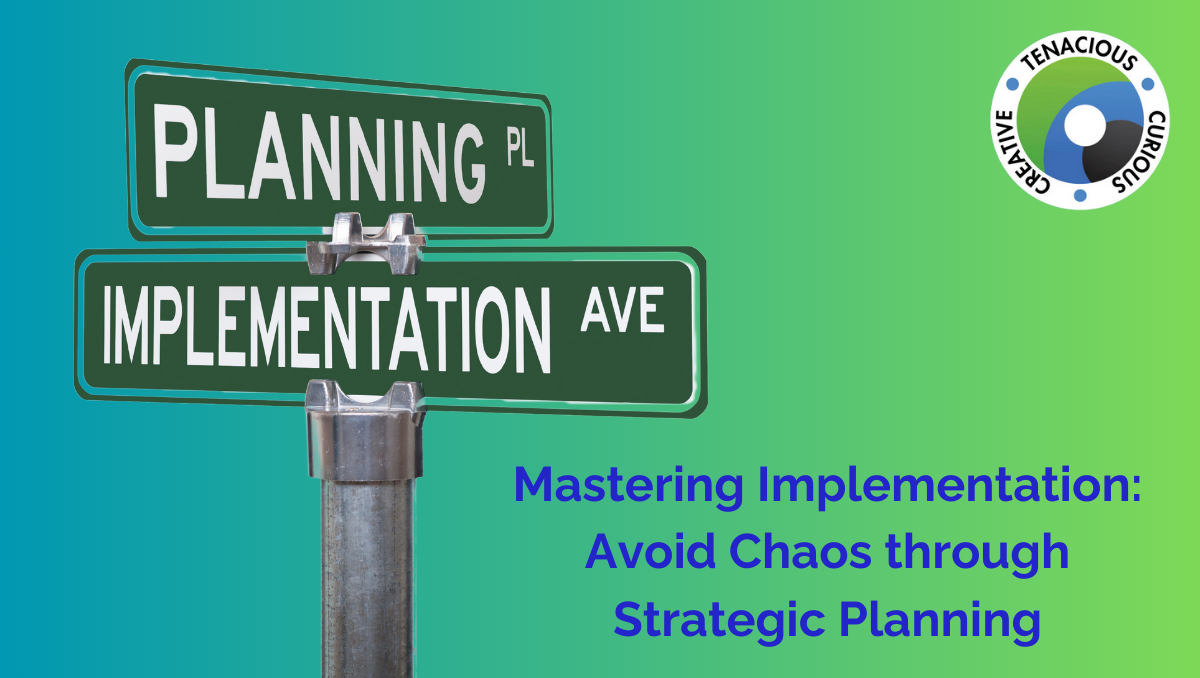In the realm of project management, implementation often stands as the crucial bridge between planning and execution. Yet, without a methodical approach, this pivotal stage can easily devolve into chaos, derailing even the most meticulously crafted plans. This is where the RPIE method steps in, offering a structured framework that ensures smooth sailing from conception to realization.
Understanding the RPIE process: A Blueprint for Success
From the Public Relations Society of America, RPIE, which stands for Research, Planning, Implementation, and Evaluation, is the four-step process to execute a (hopefully seamless) public relations campaign. Each phase plays a distinct role in the project lifecycle, with Implementation arguably holding the most weight. It’s the phase where strategies are put into action, where plans materialize into tangible outcomes.
However, diving headfirst into implementation without adequate research and planning is just like setting sail without a compass. It’s a recipe for confusion, setbacks, and ultimately, failure. Let’s delve into why this is the case and how adopting a strategic approach can mitigate these risks.
The Pitfalls of Haphazard Implementation
Implementing a project without proper groundwork is like building a house on shaky foundations. Think about the big bad wolf – is your house built with bricks or twigs? Here’s what can go wrong without the proper research and planning:
Unclear Deliverables and Accountabilities: Without a thorough understanding of what needs to be accomplished and who is responsible for each task, team members are left directionless, leading to inefficiencies and overlaps.
Mismanaged Timelines: Inadequate planning often results in unrealistic timelines, causing undue stress and compromising the quality of work.
Budgetary Blunders: A lack of foresight regarding budget allocation leads to overspending or underspending, both of which can have detrimental effects on the project’s success.
Ineffective Resource Utilization: Failure to anticipate resource requirements, whether it’s staff time, volunteer assistance, or materials, can hamper progress and jeopardize project goals.
Crafting a Roadmap for Success
So, how can one navigate the implementation phase with finesse? The key lies in meticulous planning and strategic foresight. Here’s what you can do to make sure your implementation doesn’t go up in flames:
Pay Attention to The Details: Have you thought of every little thing that could happen while planning your campaign or event? Has staff time, volunteer time, materials like brochures and swag, or food and water for the volunteers been accounted for?
Use Your Tools: Project management tools like Asana, which is what we use here at IPSM, or a fancy spreadsheet can help you think through what all is needed so there are no nasty surprises. Are all your advertising, public relations, and social media goals clearly outlined and backed up by a fool-proof process? Dump everything you can think of out of your head and into words so you can go through your process and delegate action items to your team.
Think Through Your Plan: Throughout the planning process, it’s imperative to keep sight of the overarching goals of the project. Ask yourself: Is this implementation strategy conducive to achieving our objectives? Will it deliver the desired outcomes? By aligning every decision with the project’s goals, you ensure that every effort contributes meaningfully to its success.
Like we said in our previous blog, implementation without a plan is m~e~s~s-~y. In the grand tapestry of project management, implementation serves as the linchpin that transforms vision into reality. Yet, without the guiding principles of research, planning, and strategic foresight, it’s all too easy to veer off course. By embracing the RPIE method and approaching implementation with meticulous attention to detail, you can navigate the complexities of project execution with confidence and achieve success!

